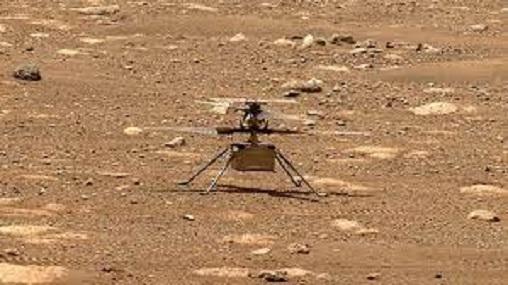| Translate This News In |
|---|
The first driven, regulated flight on another planet will have to wait a little longer. According to NASA, the Ingenuity helicopter, which was supposed to take off on Sunday, will now take off no earlier than April 14.
NASA had to reschedule the first flight because the helicopter returned data to task teams on Earth late Friday evening. The helicopter is secure and sound, according to the team, and all of its data is being shared.
Friday, Ingenuity put the rotors through a high-speed evaluation. Since a watchdog timer had expired during this evaluation, the command sequence ended early.
The helicopter was attempting to switch the flight computer from preflight to flight mode at the time of the early end of the test.
The timer keeps track of the command sequence and warns the device if something goes wrong, shutting down the helicopter before the problem is fixed.
According to the agency, the timer performed exactly as it was intended to.
Meanwhile, the Earth-based crew of the helicopter is analysing the data to figure out what caused the test to fail. The helicopter’s rotors will be subjected to a high-speed test after this study.
The 4-pound helicopter, Ingenuity, can fly for around 40 seconds overall until it is able to fly on Mars for the first time. The helicopter will spin up its two 4-foot blades, climb 10 feet (3 metres) in the air, hover, turn, take a shot, and return to Mars.
Ingenuity could fly up to four more times this month if this first flight is a success.
So far, the tiny helicopter has accomplished a number of achievements, including wiggling its blades and surviving the frigid nights on Mars.
It must now travel through the thin Martian atmosphere on its own, without the assistance of its Earth-based teams. The current distance between Earth and Mars, which stretches 173 million miles, takes radio signals 15 minutes and 27 seconds to cross (278.4 million kilometers).
NASA’s Jet Propulsion Laboratory in Pasadena, California, will send the flight instructions to the Perseverance rover, which lets the helicopter and its mission team on Earth communicate with one another. The plans will be sent to the helicopter by the rover. Perseverance will be parked at a reasonable distance of 215 feet (65 metres) from the helicopter, allowing it to safely observe and record the flight.


















